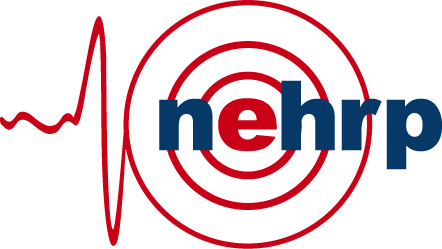Overview of FEMA P-2139
HISTORY
Previous analytical studies investigating a wide range of modern seismic-force-resisting systems (SFRSs) have predicted collapse rates for short-period buildings that are significantly larger than those observed in earthquakes during the past 50 years. This gap between analytically predicted and historically observed collapse rates is known as the short-period building seismic performance paradox. Additionally, analytically predicted collapse rates for short-period buildings historically have been larger than maximum collapse rates targeted by national model codes and standards.
The short-period building seismic performance paradox has led some to question the validity of analytically predicted building seismic performance and consequently the reliability of code-compliant buildings. Since a majority of the building stock in the country is composed of short-period buildings, resolving the paradox could help to improve our understanding of short-period building seismic performance and the reliability of seismic codes and design practices.
In 2013, the Applied Technology Council (ATC) was awarded the first in a series contracts with the Federal Emergency Management Agency (FEMA) to investigate “Solutions to the Issue of Short Period Building Performance.” These projects were designated the ATC-116 Project series, and they led to the publication of FEMA P-2139.
FEMA P-2139 REPORT SERIES
The FEMA P-2139 report series documents a multi-year investigation of the response behavior and collapse performance of different structural systems to identify causes and develop solutions for the short-period building seismic performance paradox. Studies investigated three structural systems: wood light-frame, special reinforced masonry shear wall, and steel special concentrically braced frame systems. Extensive analytical studies based on FEMA P-695 methods were conducted using detailed building models. Volume 1 summarizes results, conclusions, and recommendations from the three-system specific studies and presents a common understanding of the seismic response and collapse performance of short-period buildings. Volumes 2, 3, and 4 summarize results, conclusions, and recommendations from the studies of wood light-frame, special reinformed masonry shear wall, and steel special concentrically braced frame systems, respectively.
The FEMA P-2139 report series documents a large body of new knowledge related to the response behavior and collapse performance of short-period buildings. Each report includes recommendations organized into three categories: improved seismic design codes and standards; advanced seismic design and analysis practice; and enhanced modeling, testing, and data collection. Some recommendations are specific to the three SFRSs studied whereas others are generally applicable to all short-period systems. Some key findings and recommendations of FEMA P-2139 are presented in the Report Highlights.

